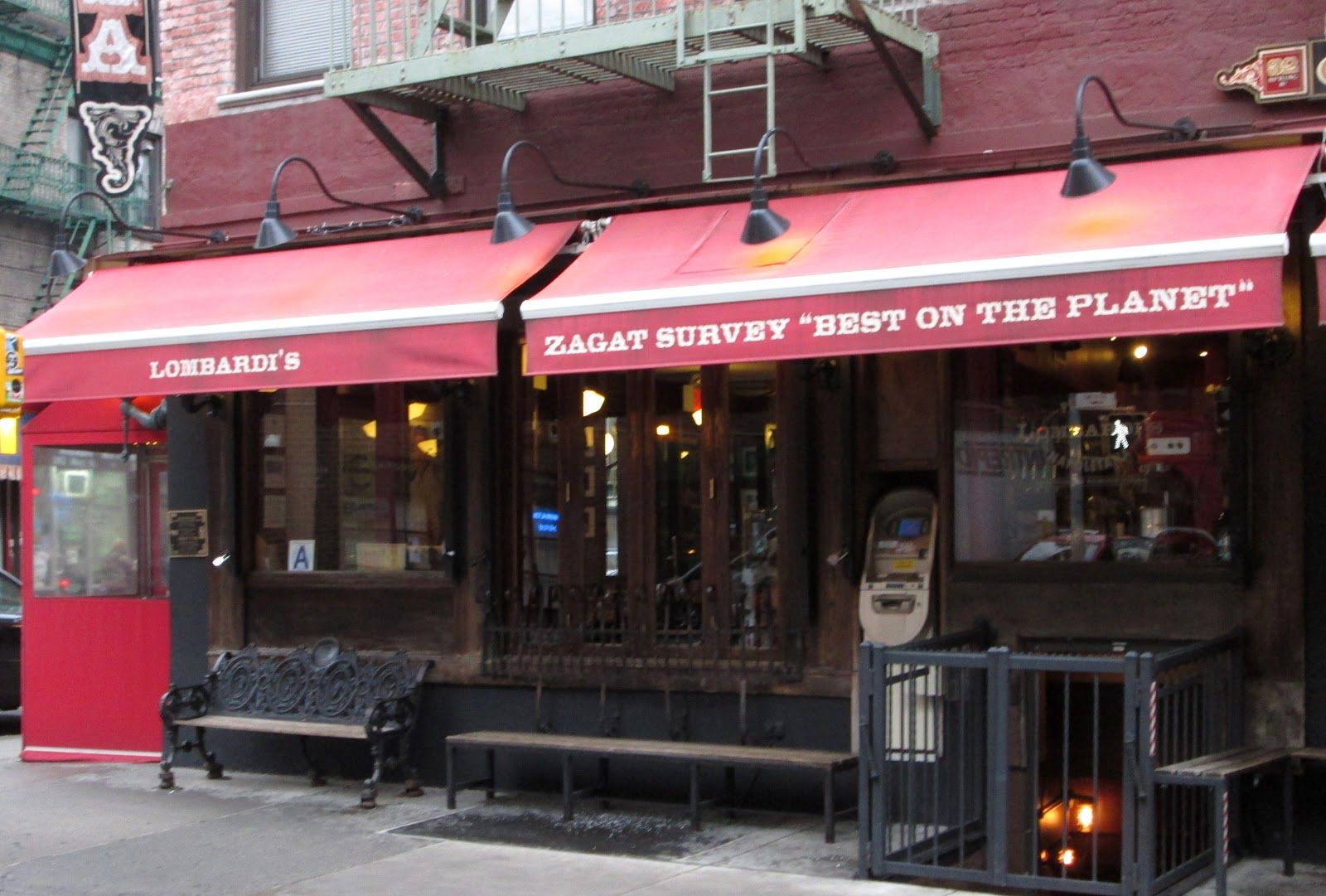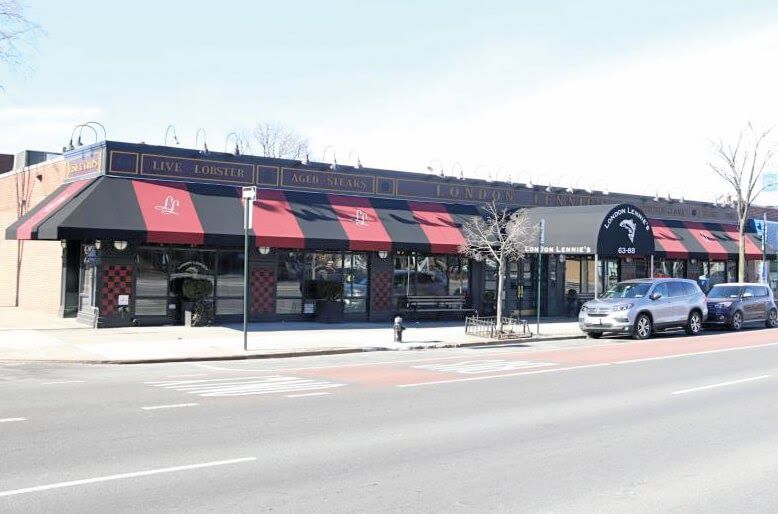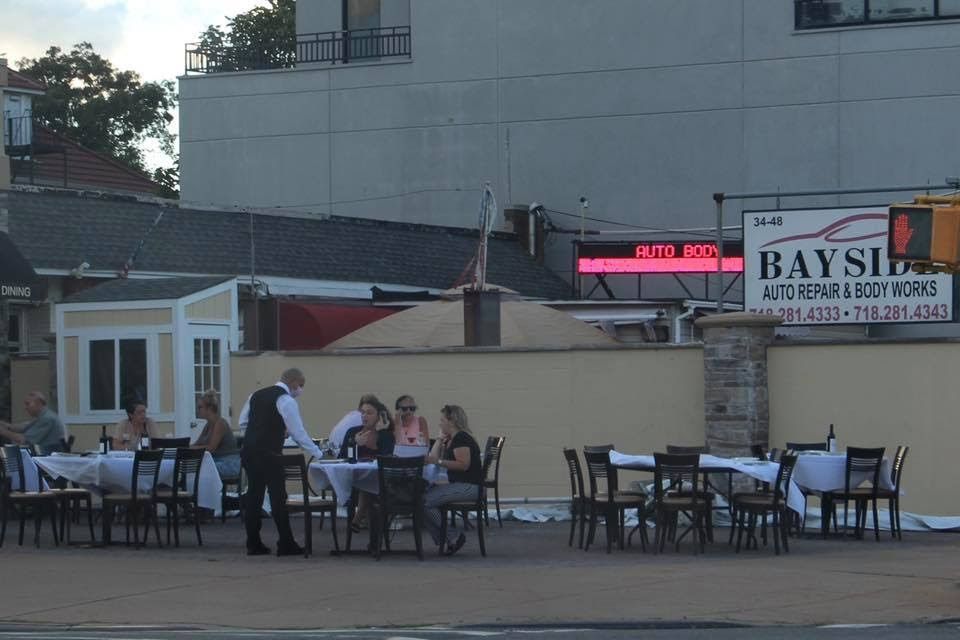
Article By Diana Gilday

With New York City starting to return to normal, the Coronavirus might be claiming its newest
victim, the NYC restaurant industry.
Since the pandemic caused a statewide shut down in mid-March, NYC restaurants have not been
allowed to have diners inside. This changed with an announcement from Gov. Andrew Cuomo
on Sept. 9. He announced indoor dining could reopen at 25% capacity on Sept. 30, with a
number of new guidelines.
“Indoor dining is essential for the future of our restaurant industry, especially as the cold weather
approaches,” said city council speaker Corey Johnson “It is good news that both state and city
public health officials have determined restaurants can reopen safely indoors at limited capacity
with health precautions in place. I look forward to working on more ways to help restaurants and
small businesses during this difficult time.”
Both the Mayor’s office and the Governor’s office were both reached out to and have not given a
comment at time of publishing.
The announcement came eight days after 350 NYC restaurants filed a $2 billion class action
lawsuit against the city and the state which called for them to allow the restaurants to open at
50% capacity indoors.
“At this point, it’s like, you know, it’s an insult, “ said Tina Oppedisano, owner of Il Bacco in
Little Neck and the face of the lawsuit. “What bothers me the most, is that the governor
definitely just threw out 25% to shut everybody up. And it actually worked. And that’s what
annoys me the most right now is 25%, especially the fact that he came out with that, like eight
days after we filed the lawsuit and caused a commotion. So, basically, that tells me if we had
filed the lawsuit sooner, you know, maybe in the beginning of August, he would have thrown us
a bone then.”
Oppedisano was asked to champion the lawsuit due to her proximity to Long Island, which has
been open for indoor dining at 50% capacity since June 22.
“The lack of indoor dining affected us, I mean, we’ve lost a tremendous amount of money being
that we haven’t been able to open indoor dining, you know, since March,” said Oppedisano. “In
the beginning, everybody understood, everybody was on board, because it was about being
careful and being safe and protecting yourself and your neighbor. And then as the months
progressed, you have all these businesses that were slowly opening, other restaurants that are
open, and we were just kind of left in the dark. James, the attorney on the case, he is the one that
came to us and asked if we wanted to be the leading plaintiff in this lawsuit, and we said,
‘Absolutely, we have nothing to hide, we have nothing we should be scared of.’”

Oppedisano on Instagram)
Il Bacco is one of the many restaurants who struggled due to the no indoor dining rule. Another
restaurant is one of the oldest family owned restaurants in NYC, London Lennies in Woodhaven,
who was one of the 350 restaurants who co-filed the suit.
“They need to let us get back to business,” said Les Barnes, owner of the London Lennies. “They
need to let us do an honest day’s work and follow the rules and follow the regulations and keep
everybody safe and healthy. We all want that for our customers and our staff, which is why I
closed for three months, because I’m like two miles from the center of the pandemic. I wasn’t
putting myself or my staff, or my customers in danger, we closed for three solid months from the
end of March, we didn’t open up till the end of June.”
In that time, Barnes had to let go of 40 employees. He wasn’t the only one who had to let go of
staff. Due to the pandemic, Il Bacco had to make all of their employees part time, while still
letting go a number of their staff.
Another restaurant that had to let go of staff during this time was the oldest pizzeria in the United
States, Lombardids in Manhattan.
John Brescio, the owner of Lombardis said that he had to let go of almost all his staff, going
from 45 employees down to six.

At an Aug. 24 press briefing, NYC Mayor Bill DeBlasio said, “When we talk about schools, this
is something that is mandated for our children to get an education for free and a quality
education. We know that we are struggling with an all remote format to give kids what they need
and deserve. So we have an imperative, legal imperative, moral imperative, educational
imperative to give kids the best education we can.We know that means having at least some time
in-person, versus indoor dining, which is obviously a very optional activity.”
What DeBlasio failed to mention however, according to Barnes, is who the restaurant industry
employs.
“Blasio said, I’m not worried about the people who can afford to eat out. I worry about the
people who can’t afford to eat out,” said Barnes. “Well you know something, the people who
can’t afford to eat out are the people that I employ.”
Besides employing the working class, the restaurant industry is also the biggest employer of
minorities compared to any other industry. According to a June 2020 Forbes article, restaurant
industry employees are 47% minorities, compared to the national average of 36%.
“We employ minorities, we employ women, we employ high school kids,” said Barnes. “There’s
all these great things that the restaurant business does, and the state and the city are preventing us
from even keeping our full time people employed. My people don’t want unemployment. They
want to come and they want to work for an honest day’s living, and they want to make their
money. They want to pay their taxes. They want to pay their rent. They want to pay their bills
and DeBlasio and Cuomo, because public health concerns, are preventing anybody from doing
this.”
Money has been a major issue for city restaurants, with the city and the state providing nothing
in terms of relief. There was however, relief from the federal government.
“We did receive PPP (Paycheck Protection Program) 100%. And yes, if we didn’t, it really would
have you know, it really would have been tough,” said Oppedisano.
Both Barnes and Brescio share the same sentiments. Barnes went as far to say that, “If it wasn’t
for PPP money, which has nothing to do with the city, and nothing to do with the state, if it
wasn’t for that we’d all be closed.”
The state government released a 16-page document of guidelines that NYC restaurants have to
comply with when opening. These include temperature checks, tables being six feet apart, masks
mandatory except while eating, contact tracing, no bar service and a new air filtration system.
These guidelines only apply to the five boroughs.
Gov. Cuomo has also created a task force of 400 people to “crack down” on these restaurants and
make sure they are following the guidelines. London Lennies has already been inspected three
times and Barnes claims he felt threatened everytime.
“I wouldn’t say they want us to fail. But they’re going to make us fail, restaurants will fail,”said
Barnes.

What also only applied to the five boroughs was the complete reliance on outdoor dining since
mid-June. While being helpful, outdoor dining did have its downsides.
“We’re in a very fortunate situation where we do have a rooftop garden with a retractable roof,”
said Oppedisano. “But I mean, a lot of times it was very hot. Nobody wants to eat in the heat.
They want to eat inside in the air conditioner. When it rains, that’s another big thing. You know,
we have another restaurant on Bell Boulevard, Trattoria 35, and every time it rains, it was a
disaster because all they have is a little tent in the parking lot. It was very difficult. Nonetheless,
it’s very difficult for your staff to serve food outside. They’re hot. They’re sweating. They’re
moving around. It was just, it was a very long summer.”

Gilday)
Some restaurants weren’t as lucky in terms of outdoor dining, including Lombardi’s, which is
located in Manhattan. With no access to a rooftop garden, they were only able to have seven
tables outside, which is 10% of their regular capacity.
“We’re trying our best,” said Brescio. “We make nice and little changes. And we’ll keep going as
long as we can. That’s all.”
